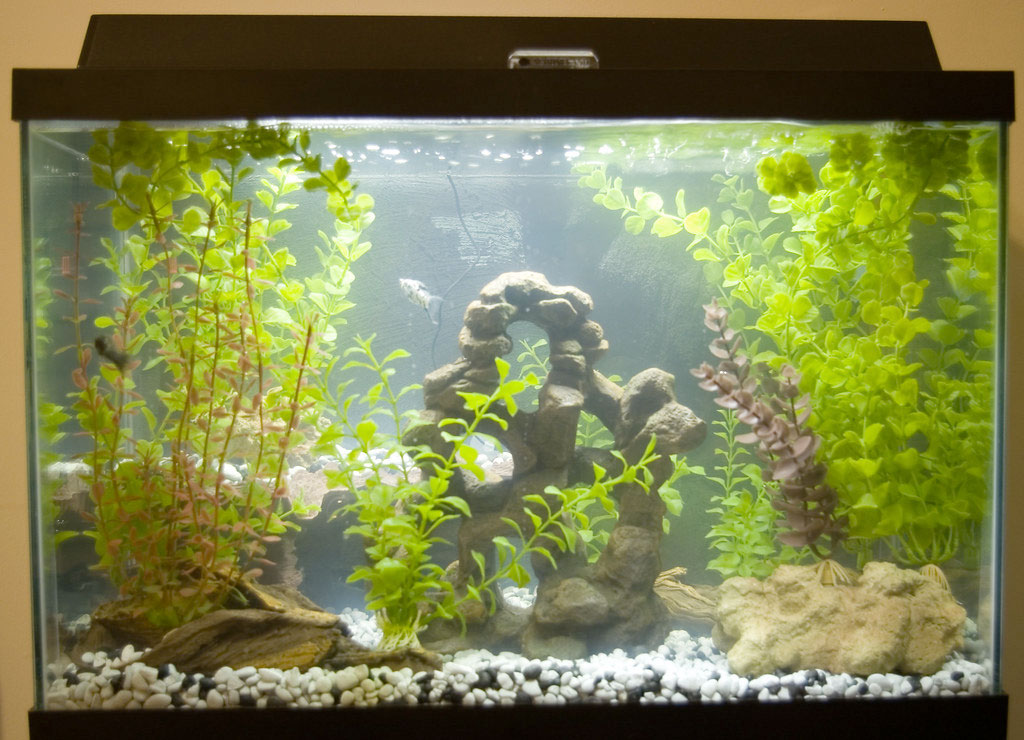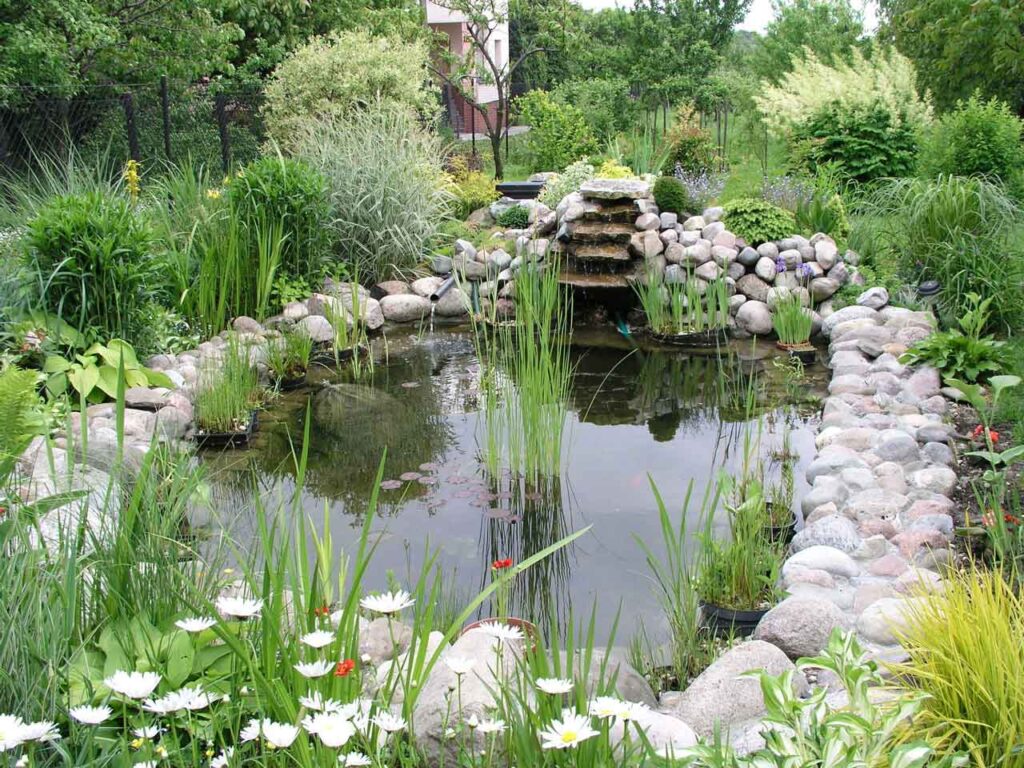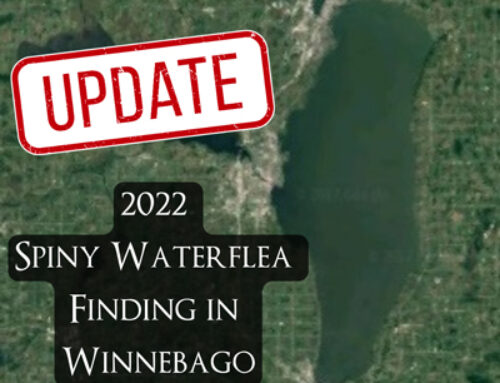Organisms in Trade: How Our Aquariums and Water Gardens Can Introduce New Animals and Plants
Every few months, we put a spotlight on a different pathway aquatic invasive species can reach new waterways. The next installation of this monthly series focuses on the pathway of organisms in trade. Aquatic animals and plants can be transported over long distances when sold online or at stores across Wisconsin. Animals and plants are often brought to Wisconsin for uses such as landscaping, pond beautification, bait, consumption, as pets, or even in classrooms and  laboratories. Organisms can be sold through traditional methods such as at stores but an increasing number of purchases are occurring through the internet. The internet has become an increasingly used pathway for aquatic invasive species to be transported to the Northeast Wisconsin as sales of regulated organisms occur through online auctions, interest groups, and chat rooms.
laboratories. Organisms can be sold through traditional methods such as at stores but an increasing number of purchases are occurring through the internet. The internet has become an increasingly used pathway for aquatic invasive species to be transported to the Northeast Wisconsin as sales of regulated organisms occur through online auctions, interest groups, and chat rooms.
Landscaping uses and water gardens bring a lot of plants and animals to the Winnebago and Lower Fox River region. The popularity and commonality of water gardens is evident as the U.S. water garden industry alone is valued at $1 billion annually. While plants and animals ordered and used in landscaping projects and water gardens may not be exotic or prohibited according to WI NR40, there is a risk that these organisms may contain hitchhikers. According to a study by Maki and Galatowitsch (2004), nearly 93% of plant orders contained unwanted plants, seeds, mosses, fungi, snails, or fish. In this study, ten percent of the orders included regulated aquatic invasive plant species such as curly-leaf pondweed and hydrilla. These unintended aquatic invasive species (AIS) may be purchased and then accidentally released in Wisconsin lakes.
Organisms used for aquariums, water gardens, landscaping, etc. can end up in the Winnebago and Lower Fox River by a variety of methods. People who purchased these organisms may purposefully release pets or plants into the lakes when these species are no longer wanted or able to be cared for. As a pet or plant owner, you may believe that this course of action is the most humane option, However, these species can have damaging consequences and these practices  are illegal. Aquarium pets may also find their way into our lakes and rivers if water is disposed through the storm sewer systems in cities whose sewer systems drain into the lakes. To help protect your lakes and rivers, the best way to dispose of unwanted plants and animals is in a sealed bag in the garbage.
are illegal. Aquarium pets may also find their way into our lakes and rivers if water is disposed through the storm sewer systems in cities whose sewer systems drain into the lakes. To help protect your lakes and rivers, the best way to dispose of unwanted plants and animals is in a sealed bag in the garbage.
All text from this article is from the Winnebago Waterways AIS Strategic Plan. Sources can be found in the AIS Strategic Plan document. For more information on what the state of Wisconsin is doing to prevent the spread of AIS, check out the Wisconsin AIS Management Plan.
Questions? Comments? Contact Chris Acy, the AIS Coordinator covering Brown, Outagamie, Fond du Lac, Calumet, and Winnebago Counties at (920) 460-3674 or chris@fwwa.org!
Follow the Fox Wolf Watershed Alliance’s Winnebago Waterways Program on our Winnebago Waterways Facebook page or @WinnWaterways on Twitter! You can also sign-up for email updates at WinnebagoWaterways.org.
Winnebago Waterways is a Fox-Wolf Watershed Alliance program. The Fox-Wolf Watershed Alliance is an independent nonprofit organization that identifies and advocates effective policies and actions that protect, restore, and sustain water resources in the Fox-Wolf River Basin.
Check out the Keepers of the Fox Program at https://fwwa.org/watershed-recovery/lower-fox-recovery/
Photo Credit: Wikipedia Commons, David Kinney





